Editor’s Note: When Greg Milano started volunteering for an adaptive outdoor recreation group over 20 years ago, he quickly recognized the impact the activities had on people’s lives. That volunteer position evolved into a career path for Milano when he became a manager for an adaptive sea kayaking program in San Francisco. From there, he moved over to the Bay Area Outreach & Recreation Program where he developed a cycling center that provides people with disabilities access to adaptive rental bikes. While working for BORP, he co-launched a separate nonprofit, Inclusive Cycling International, with the goal of spreading awareness of the activity across the world. After returning from a trip to Nigeria this November to help establish inclusive cycling programs in schools in Lagos, Wheel:Life writer Betsy Bailey spoke to Milano about the importance of providing opportunities for people with disabilities to ride bikes and the organization's upcoming projects.
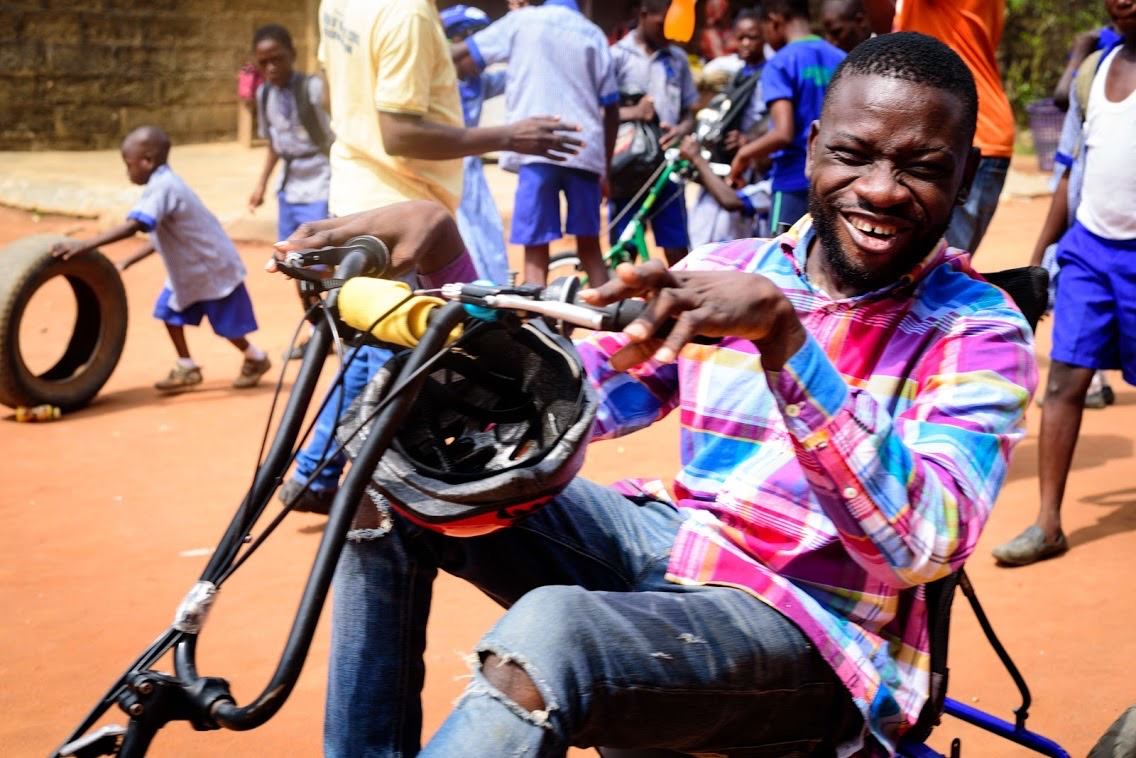
While I was working for BORP, I started noticing that outside of the United States, there weren't a lot of opportunities for inclusive cycling. Yet, I'd seen that it could be a game-changer and equalizer for people. It’s an activity people can do with their family and friends in a public setting, and other than competitive hand cycling, I wasn't seeing a lot of people with disabilities riding bikes. So, along with Jenny Kern, a handcycler with an SCI, we cofounded Inclusive Cycling International to promote the activity in other countries. After doing several projects over the past three years, I decided to make this my full-time mission. I left my job at BORP this summer and am putting all of my energy into Inclusive Cycling International now.
Our mission is to spread awareness about inclusive cycling and make sure as many places and people as possible are motivated and trained to start programs in their communities. We are fundraising and developing projects with organizations to provide them with bikes and train them on how to use them. In the last three years, we’ve helped organizations in Ecuador, Chile, Namibia, Kenya, and Nigeria launch ongoing programs. Chile was financed by a grant from the US Embassy in Santiago; the projects in Kenya and Nigeria were funded through the Reciprocal Exchange component of the Mandela Washington Fellowship, a program that develops young African leaders.
With these projects, the goal is to fundraise to cover the expenses of getting the program off the ground.
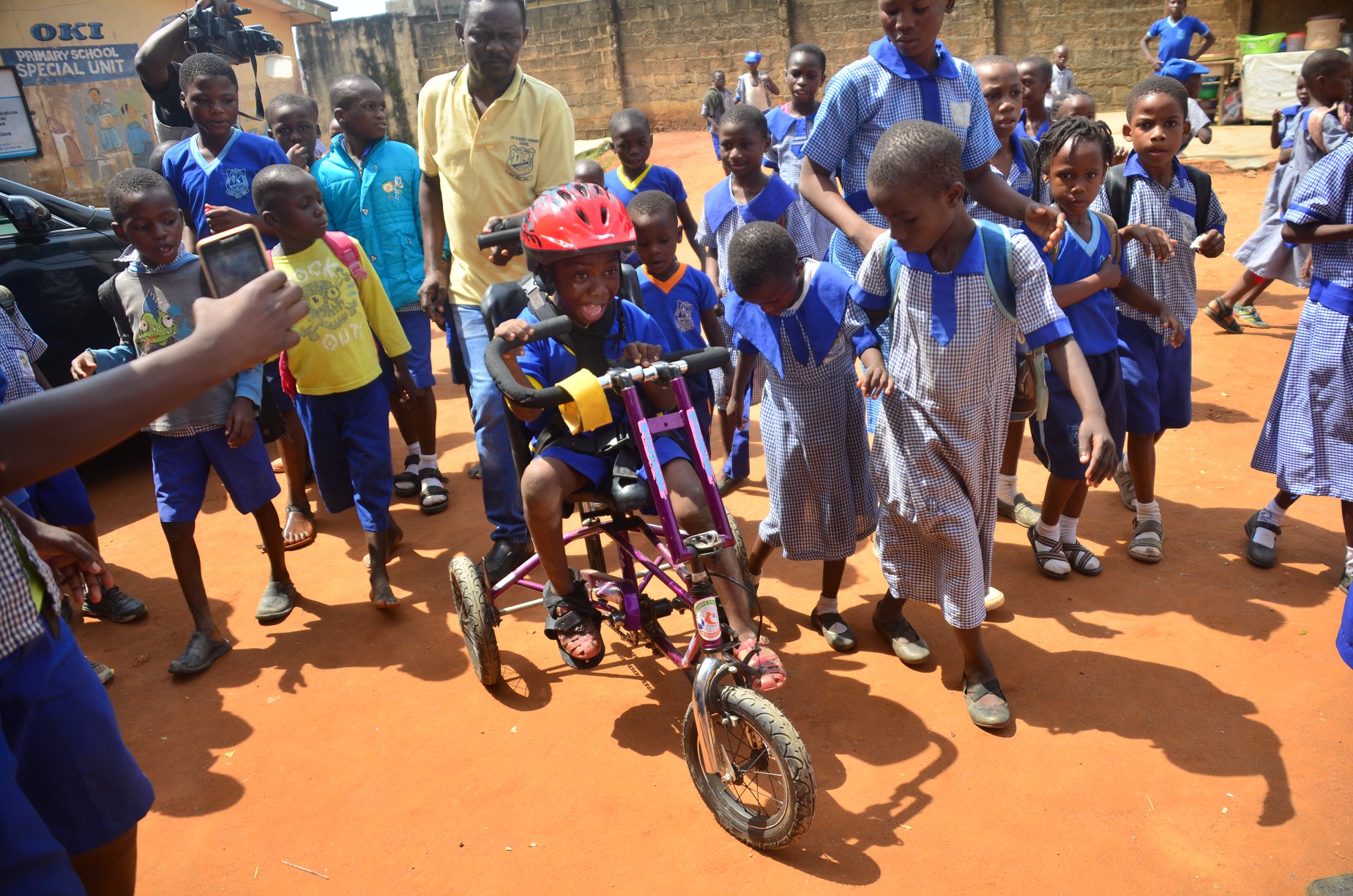
We also provide consulting, assistance, and advice on how to develop sustainable funding so they can continue the project. Right now, we don't have the means to say, "Start a program, and we'll pay for its ongoing expenses,” but we are confident that there are ways for many places to develop continuous support.
Our big project for 2020 and beyond is an awareness-raising tour through Central and South America. We’re going on the road with a truckload of about 20 adaptive cycles, and we'll work with local groups in cities that are currently holding open streets events. This typically means that one day a week, motor vehicles aren’t allowed in a section of the city. Senior citizens, parents pushing strollers, athletes, and families come out and ride bikes. However, people with disabilities aren't generally participating, so I think bringing adaptive and inclusive cycling to those events will allow them to join in and be part of the community.
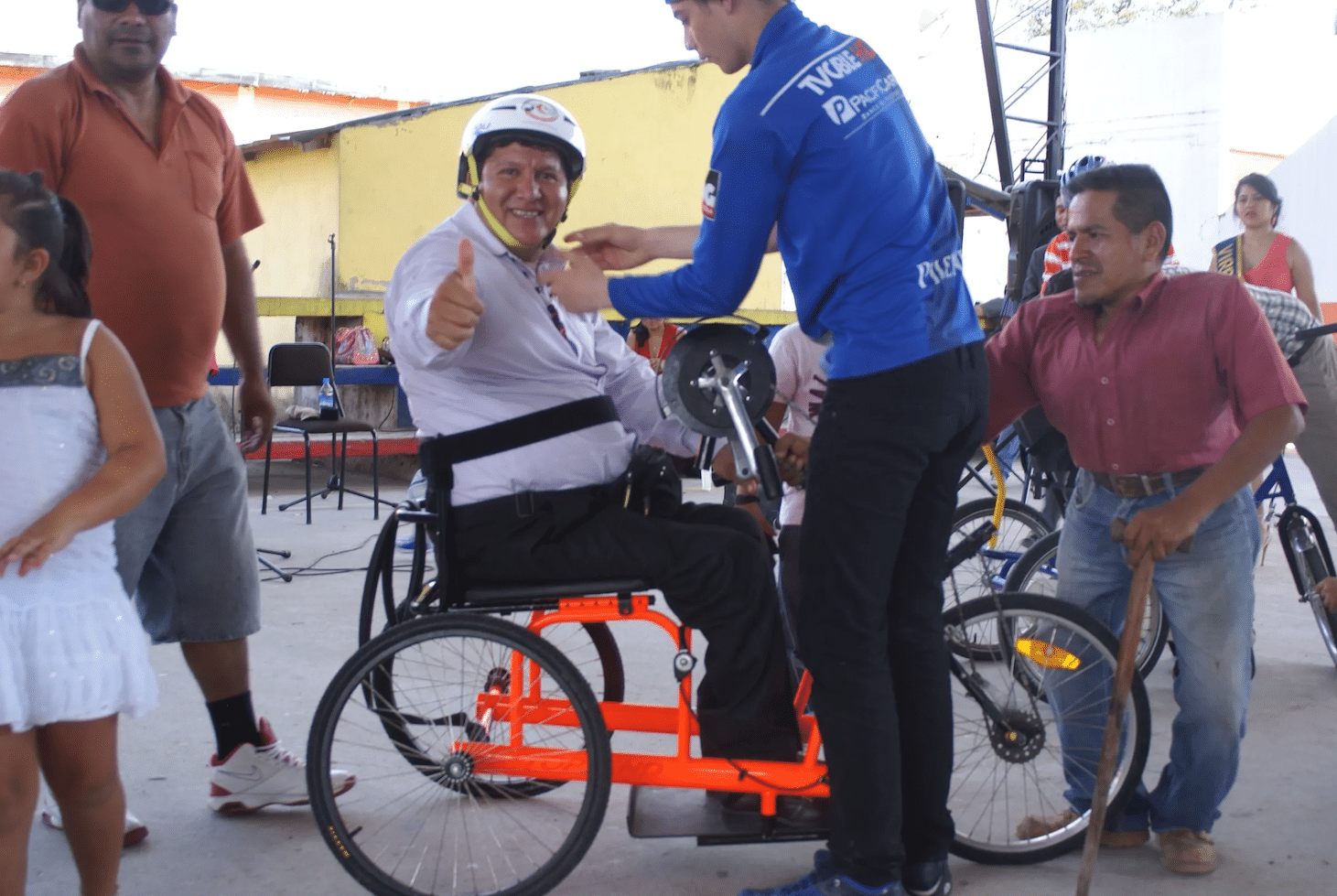
We're targeting cities that hold open streets events because they have already done the heavy lifting of creating a car-free space and bringing the community together regularly.
All we need to do is demonstrate how people with disabilities can participate.
Our goal is to be in each city for a month so we can be present for four consecutive open streets events. We want to get as many people with disabilities riding bikes as possible as well as create local awareness of the value of it. When we move on to the next city, we will hopefully leave people in the community motivated and trained to start their own program.
We're fundraising for the trip right now. If we're incredibly successful, maybe we'll be able to seed programs with one or two bikes, but we're not committing to that at this point. We're planning on being in Mexico from February through April of 2020, and then we’ll move on to Colombia in June. Everywhere we go, we'll work with a local partner that's either a disability rights group or a cycling advocacy organization.
We're still looking for corporate sponsorships, grants, and individual contributions. We're also hoping some of the adaptive cycling companies will support the project through equipment donations. At this point, most of the cycles we've used have been donated after a family member deceased or moved on to a different bike. We're always looking for donations of secondhand equipment. We'll refurbish the cycles and provide them to these countries.
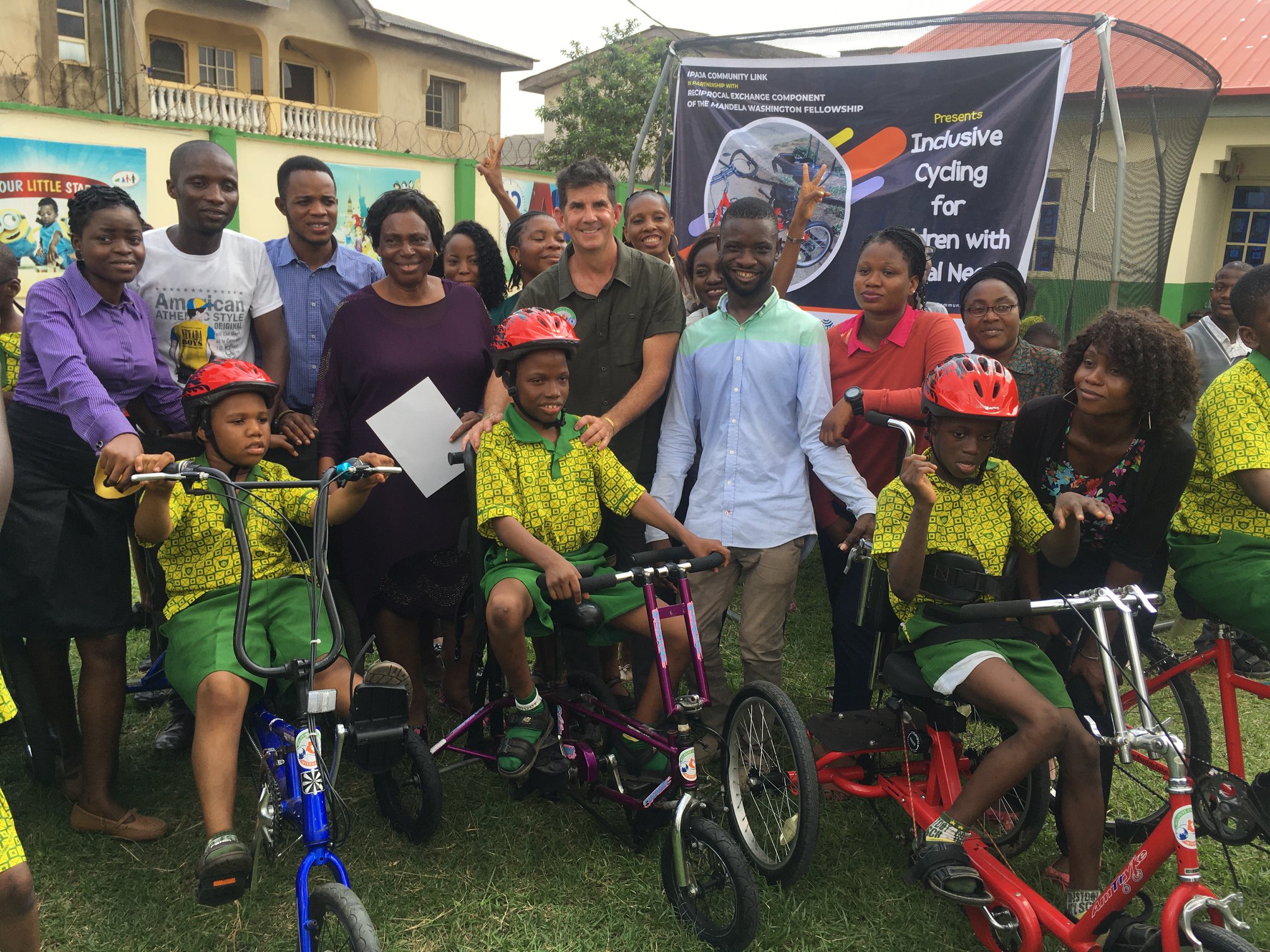
We’re doing fundraising both in the United States and the destination of each project. It'd be amazing if we were able to develop support for these programs among American citizens from each country. For example, if we could get the Nigerian-American community to assist with funding the ongoing project in Nigeria, that'd be great. We’d like to create a champion for each country to advocate and fundraise.
People often ask why we are doing this internationally and not in the United States. While I was running a program in the US, I often presented at conferences and encouraged people to start projects. I feel enough groups and individuals are already doing it and advocating for it.
The awareness is there stateside, so that's why I'm focusing on international communities.
And honestly, I love learning from people in other places, so I’m personally excited to spend the next few years immersed in the disability rights cultures and communities of other countries.

With adaptive cycles, you can divide them into two broad categories: handcycles and foot cycles. The handcycles are used by people who can propel themselves with their arms better than with their legs. Most people with spinal cord injury or paralysis in their lower limbs will fall into that category. Some handcycles are very user-friendly and are easy to get off and on and maneuver, but they may not have a wide range of gears or be stable at high speeds. They are great for introductory use. The handcycles most people have seen are the low-to-the-ground, recumbent bikes that para-athletes use to race. Those are designed to go as fast as possible, so they're aerodynamic and stable at high speeds but are often more challenging to get off and on and not as maneuverable in tight quarters. A handcyclist is going to choose their equipment based on what they want to use it for. Handcycles also come in various sizes, from child to adult.
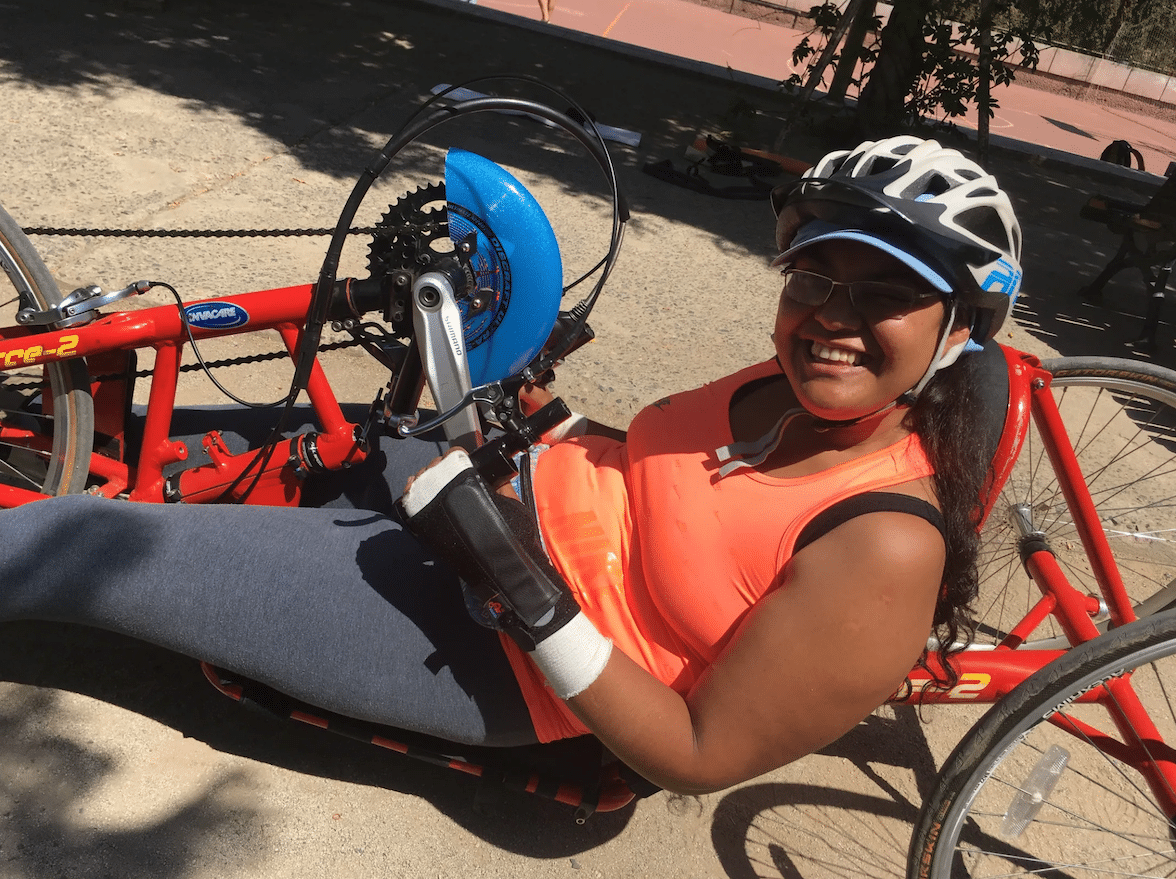
There have been some great innovations in the last few years to make handcycles more user-friendly for people with quadriplegic-level injuries. Applying the brakes or changing gears is now possible, even if someone doesn't have dexterity in their hands.
This is a game-changer for people with quadriplegia.
With foot cycles, most of them have three wheels, so people don't have to worry about stability when they're riding. A person who needs an adaptive cycle but can pedal with their legs typically doesn't have the balance or coordination to ride a two-wheeled bike. That could be for various reasons and often includes cerebral palsy, head injuries, or strokes. Foot cycles can be adapted to be controlled with one arm or pedaled with one leg if needed. They can also be tandems so that someone else can assist with steering, braking, or power. Some foot cycles are designed with a fixed-gear mechanism, meaning that if the bike is moving, the pedals are being forced to turn round and round. You can't coast like you can on a traditional bike. That's an essential adaptive technique for people who don't have the coordination to pedal in a smooth circle because the momentum of the bike helps them to keep moving. Cycles can also be adapted for seating position, head support, and posture.
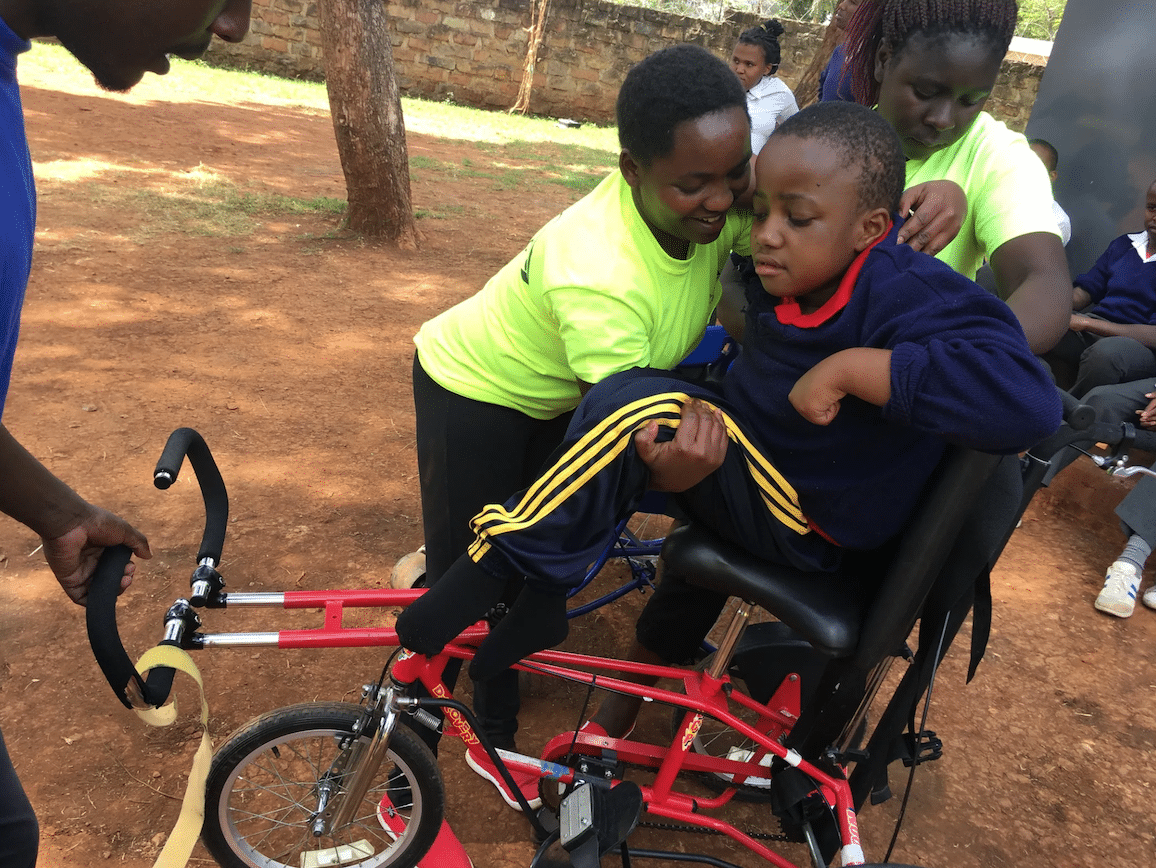
All adaptive sports are great. Wheelchair basketball and power soccer are amazing. Adaptive recreational sports like skiing and kayaking are incredible.
However, cycling is unique because it's an activity conducive to mixed abilities.
You can have people with various disabilities riding alongside friends and family members who don't have disabilities. I would need 10 hands and 10 feet to count the number of times a parent has turned to me with tears in their eyes and said, "This is the first time our kids are doing the same activity together and having fun." Once everyone is on a bike, they all became cyclists.
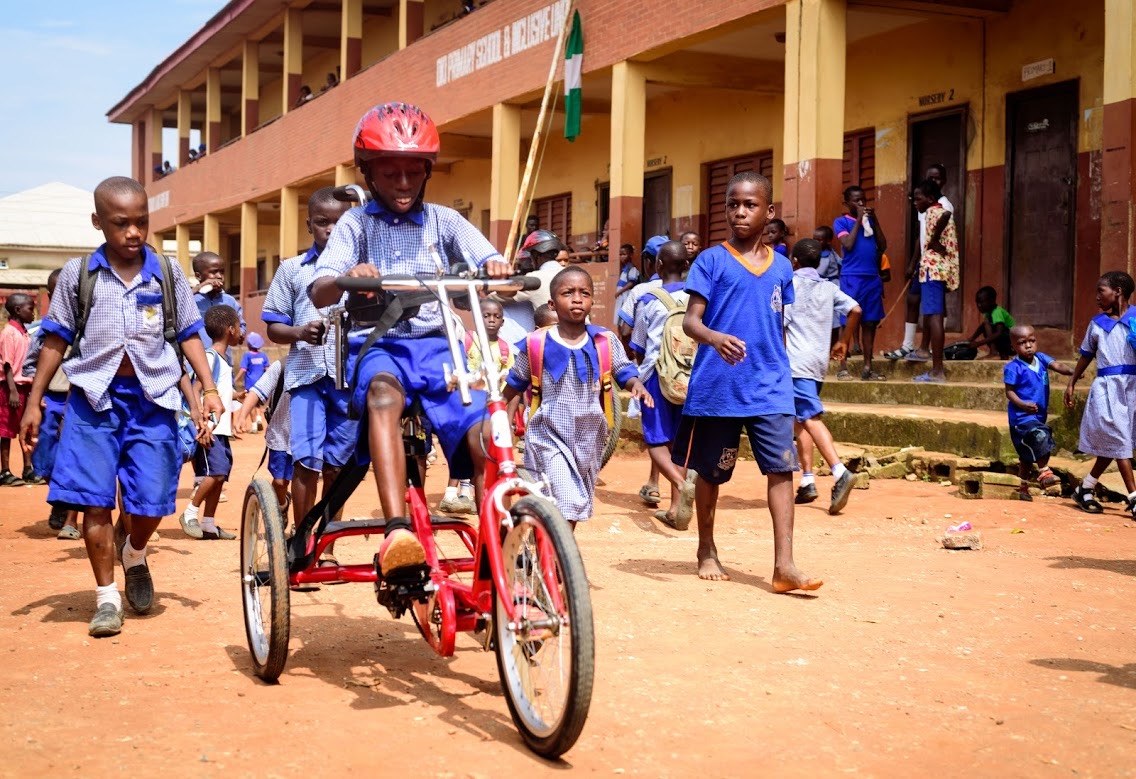
Another reason I love inclusive cycling is that it takes place in the public forum. Wheelchair basketball is a great sport, but it's played inside a gym, so a lot of people don't know it even exists. Adaptive cycling happens on bike trails and streets out in the public.
People with disabilities can participate in an activity that the rest of their community is doing, and that can truly break down barriers between them.
Lastly, with just a few adaptive bikes in a school setting, you can get kids with an array of challenges riding. It's fairly easy to get a child who hasn't been able to participate in school sports or physical recreation on a bike experiencing something they didn't think they could do. Again, that's harder to do with other adaptive sports because you usually need the right kind of court, a specific wheelchair, or teammates, for example. That's why I think inclusive cycling can break down barriers better than some other adaptive sports.
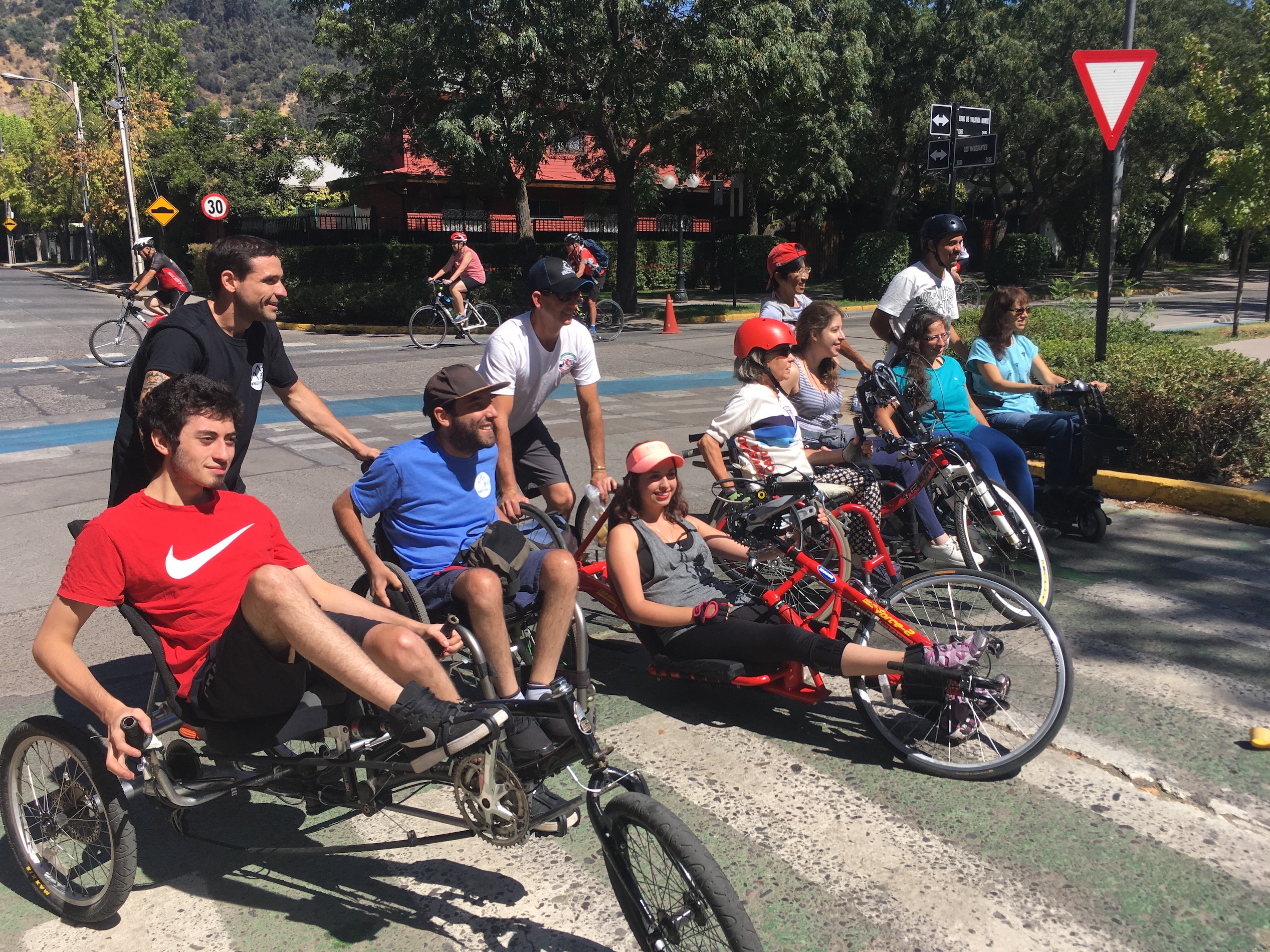
If someone is interested in starting a program, we'd love for them to contact us to talk about how we can help make that happen. What grants are available? What companies might be interested in sponsoring the project? What's the environment in that country? For example, the countries in Africa we've been working with have wanted to create programs based in schools as opposed to community programs in the public setting. Even if they just need some tips on which bikes they should buy, we can advise them depending on the program and population.
Editor’s Note: Greg Milano can be reached at greg@inclusivecycling.org.
For more information on Inclusive Cycling International, visit InclusiveCycling.org. Follow along on Facebook @InclusiveCycling.
All information in this article was extracted from an interview with Greg Milano. It has been lightly edited for clarity and length.
Check out these stories about families who enjoy their adaptive bikes from Wheel:Life partner Freedom Concepts:
About the Author
Betsy Bailey has a diverse background that includes experience in marketing research, business operations, travel and culinary writing, and playing volleyball professionally overseas.
Betsy has been writing for Wheel:Life since January of 2017 and thoroughly enjoys the process of getting to know her interviewees. She also enjoys a good vegan brunch, practices parkour, speaks French fluently, and travels any chance she gets!